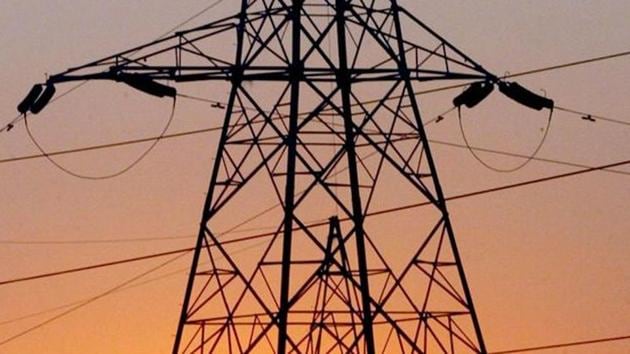After J&K, Uttar Pradesh is the most power deficit state
Latest report on the state-wise power supply position in the country between April 2016 and March 2017 reveals the peak demand-supply gap in UP during the period was 9.8%, much bigger than the national average of 1.6%.
Amidst the Yogi Adityanath government’s preparations to provide round the clock power in the state by November next year, Uttar Pradesh has again emerged as the country’s most electricity-deficit state after Jammu & Kashmir though there is an improvement over previous year.

The Central Electricity Authority’s (CEA) latest report on the state-wise power supply position in the country between April 2016 and March 2017 reveals the peak demand-supply gap in UP during the period was 9.8%. This gap is much bigger than the national average of 1.6% and the second highest after J&K’s 20%.
The situation as far as the peak demand-supply gap is concerned has been found far better in Bihar where the peak shortage was only 3.2% during the same period.
UP, it is found, experienced average peak demand of 17,183 MW during the last financial year ending March 31 but the peak availability of electricity averaged at 15,501 MW, leaving a shortage of 2,608 MW.
Around a dozen and a half states, including Chandigarh, Haryana, Himachal Pradesh, Punjab and Uttarakhand in the Northern region, had zero shortage while most remaining states were found to have only marginal demand-supply gap during the same period. In Delhi and Rajasthan in the northern region, the peak shortage during 2016-17 was 1.3 % and 2.5%, respectively.
However, UP’s power scene was found to be better this year compared to the last financial year. The peak demand-supply gap in the state between April 2015 and April 2016 averaged at 2,485MW or 14.6%.
The credit to the improvement is being given to the Akhilesh Yadav government’s enhancing the power supply hours significantly from October 2016 as a matter of policy obviously with an eye on the assembly elections in 2017. “There has been no power shortage between October 2016 and March 2017 and this is why the overall peak-demand supply position has shown improvement during 2016-2017,” a senior UPPCL official pointed out.
Sources said power availability as such would not be a big problem for the BJP government to be able to start providing 24X7 electricity to people by November 2018, a goal which the chef minister announced on Friday. “The state has sufficient generation at present while some other new power generating units are scheduled to be functional in the coming months,” said the official warning, “But there may come other challenges in terms of transmission and distribution bottlenecks.”
During a meeting on states’ preparedness to meet the summer load in New Delhi last month, UP was advised by the power ministry to augment the intra-state transmission systems expeditiously as the necessary shortages reported in the state, according to experts, were primarily on account of lack of necessary transmission and distribution infrastructure within the state.




